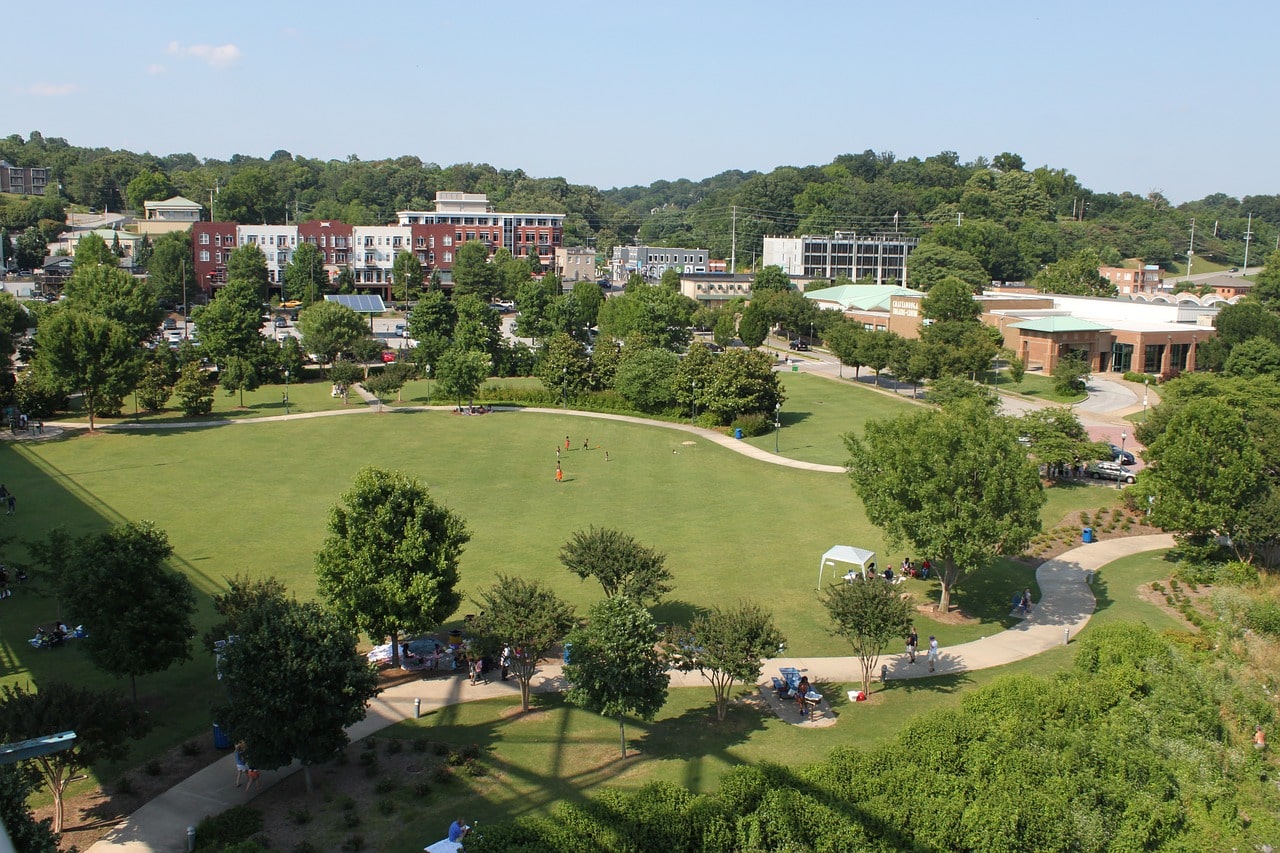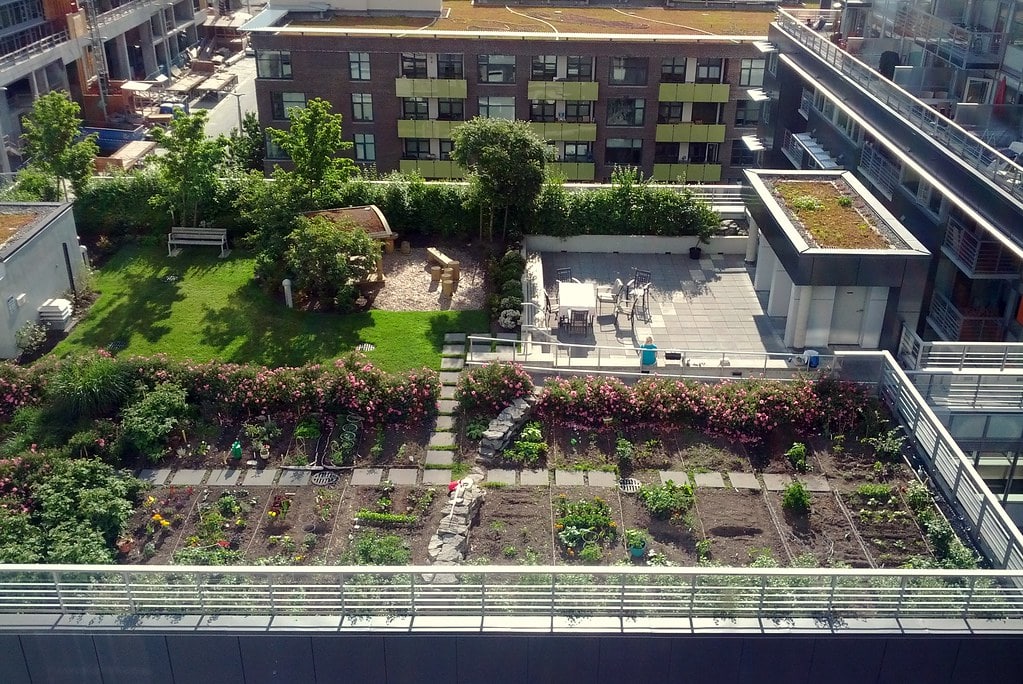Cities of all sizes are experiencing rapid growth. With this increase in size often comes a decrease in the surrounding nature. Natural elements such as trees, ponds and plants often fall victim to urban sprawl and are quickly cut down or paved over to make room for growing populations. The elimination of nature not only causes negative effects on local ecosystems, it also reduces air quality and leaves people with communities that are devoid of natural spaces where they can escape hectic schedules and relax and unwind.
An ongoing challenge for landscape architects, city planners and other urban design professionals is finding creative ways to integrate nature back into cities. Nature and urban developments can peacefully co-exist, and it is up to us to develop the right solutions that protect our natural habitats while still supporting the healthy growth of cities.
Incorporating nature into city spaces should begin at the very beginning. City planning sessions should invite and encourage discussions on how to weave nature into new city projects. As urban designers discuss new housing developments or business centers, there should be open conversations on how to incorporate nature into these spaces through creative, intentional design. By prioritizing nature from the very beginning of a project, designers can ensure it is accounted for in their initial design plans.

Reducing the amount of land that is cleared out for a new housing community is one way landscape architects and city designers can make sure the surrounding natural elements are preserved. Wooded areas around the perimeter of a housing development can remain untouched, providing privacy to residents, serving as insulation from nearby traffic noise and also protecting the wildlife that may live in the woods. By adding walking paths throughout the forested area, developers can create a natural amenity to families who live there, and encourage them to step outside and explore the nature that is just steps away from their front door.
Business districts are often designed in downtown or high traffic areas that likely do not have ample trees or other natural vegetation. Urban planners or landscape architects can intentionally design open grassy spaces that are not occupied by buildings or roads. These areas can be incorporated as courtyards or open fields that exist in the center of business districts. Outfitting the area with park benches or tables is one way to invite business professionals to enjoy their lunch break outside or encourage families to relax outdoors in between running errands. Wide open spaces provide people with the room to play sports, get in a workout or simply unwind while reading a book.
Mixed-use areas are an emerging trend in growing cities, and these spaces offer a blank canvas by which designers can incorporate natural elements. Rooftop green spaces can be added to the top floor of office buildings or restaurants. Community gardens can be incorporated into local parks or adjacent to business centers. Ponds can be added to local parks, courtyards or business districts. Greenways can weave around wooded areas, or landscape architects can add wildflowers, trees or bushes along the pathways to enhance the natural beauty of the area and strengthen local ecosystems.

Urban sprawl is here to stay, and it’s critically important that cities invest the time and resources into finding ways to integrate nature into their developments. Through strategic planning and creative design, nature and urban life can co-exist in a mutually beneficial and beautiful way.
If you are interested in ways to incorporate or preserve nature in your upcoming project, please contact the professionals at CR Studio Design.
